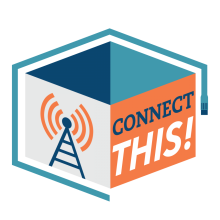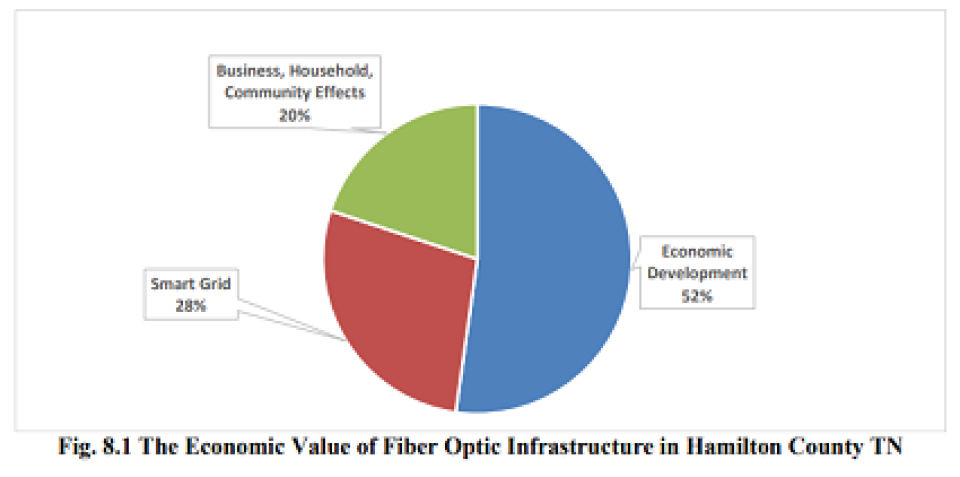Join us Live on Thursday at 5:30PM ET for Connect This! - How Open Access Impacts ISPs
In Episode 11 of the Connect This! Show, hosts Christopher Mitchell and Travis Carter (USI Fiber) are joined by Kim McKinley (Chief Marketing Officer, UTOPIA Fiber), Pete Ashdown (Founder and CEO, XMission) and Cameron Francis (CEO, Beehive Broadband) to share their perspectives on open access networks.
The panel will explore what open access is like for ISPs that use it, and offer thoughts for those who are considering it. What is in it for the ISPs?
The show will begin on Thursday, May 6th at 5:30pm ET/4:30pm CT.
Subscribe to the show using this feed, or visit ConnectThisShow.com
Email us broadband@muninetworks.org with feedback and ideas for the show.
Watch below, or on YouTube here.




